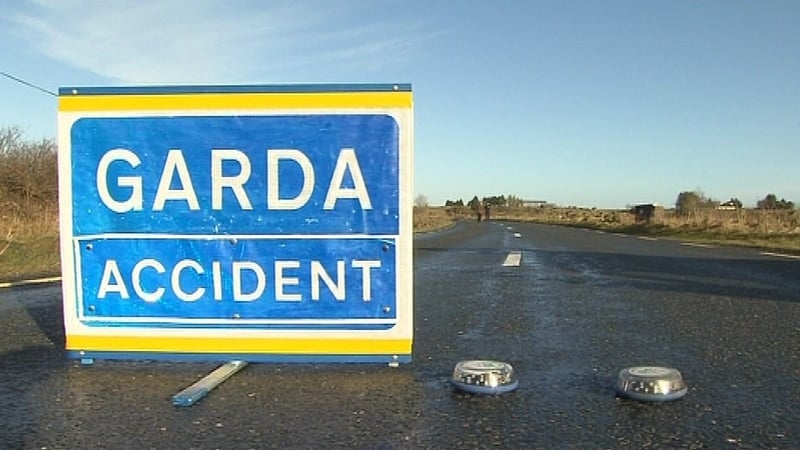The Government has approved new legislation that would allow for the increased sharing of collision data and eliminate the need for paper motor tax discs.
The National Vehicle and Driver File Bill will allow local authorities to request, receive and process road-collision data from the Road Safety Authority (RSA) and An Garda Síochána.
This information would enable road authorities to target areas where collisions are more likely to happen with investment and infrastructure.
Additionally, the bill contains provisions to remove the requirement to display a motor-tax disc.
The need for a paper disc is now largely unnecessary, given the widespread deployment of Automatic Number Plate Recognition (ANPR) technology, which gives gardaí immediate roadside digital access to motor-tax information.
In addition, the Department of Transport is working on proposals in relation to the requirement to display paper insurance discs and certificates of roadworthiness, such as an NCT cert.
The legislation also updates access arrangements to the National Vehicle and Driver File (NVDF) to reflect data-privacy requirements and removes end dates for declarations of non-use of a motor vehicle.
The NVDF is the central register of vehicles and drivers, a database maintained by the Department of Transport.
It is widely used by State agencies, including the RSA and gardaí.
Commenting on the approval of the bill, Minister for Transport Darragh O’Brien said it is a “key road-safety commitment in the Programme for Government and will ensure that local authorities have direct access to collision data when undertaking investment”.
Minister of State for Road Transport Seán Canney said the abolition of paper motor-tax discs “is part of a wider project to remove the need to display paper discs in windscreens, and I look forward to supporting the legislation through the Oireachtas in the coming months”.
Other provisions in the bill include allowing GoSafe camera operators to provide certified evidence in court rather than needing to attend in person and ensuring that a jury can consider a charge of careless driving where a defendant has been acquitted of the more serious charge of dangerous driving.




